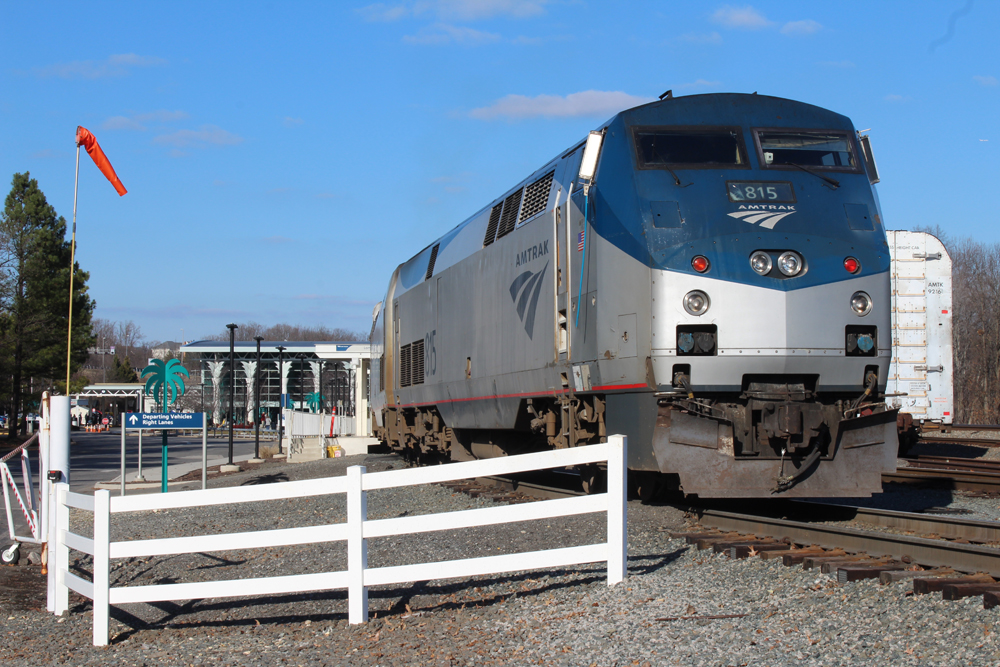
WASHINGTON — Amtrak reduced the huge financial shortfall it experienced during the COVID-19 pandemic with its results in fiscal 2022, earning $1.78 billion in gross ticket revenues while carrying 22.9 million passengers, according to a route-specific recap obtained by Trains News Wire.
Most noteworthy in yearly comparisons by service category, shown in the table below, is that revenue on the long-distance network in 2022 was up by $113 million, or 23%, over 2019, the last “normal,” or pre-pandemic year. In contrast, both Northeast Corridor and state-supported service revenue fell by about 30%.
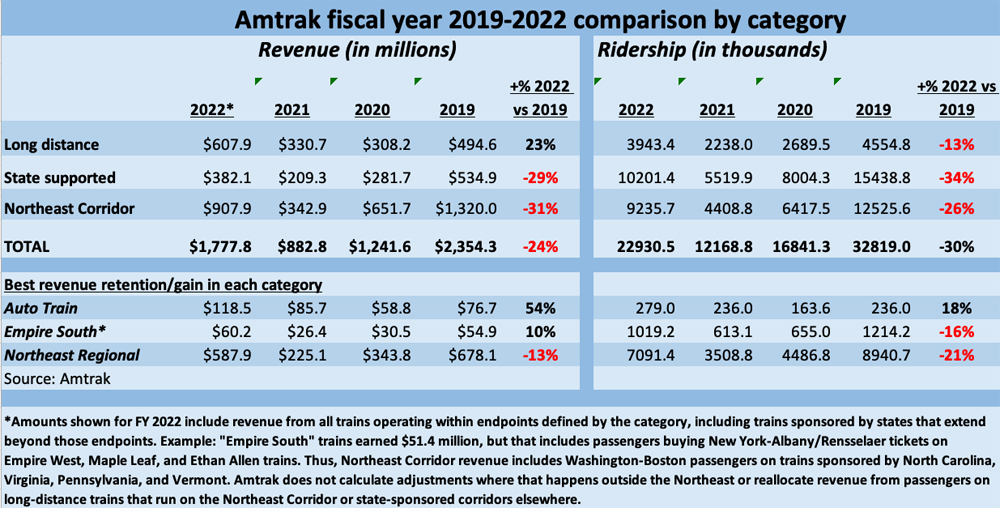
Auto Train, high prices boost long-distance income
Much of the long-distance gain was achieved by Auto Train’s continued stellar performance. The daily overnighter carrying travelers and their cars between Lorton, Va., and Sanford, Fla., benefited from high gas and rental-car prices most of the year. The train had enough coach and sleeping-car capacity to address pent-up travel demand at different price points, but eventually many departures sold out at high fare levels.
Though reduced somewhat by equipment and personnel shortages that plagued the rest of Amtrak’s network [see “Addressing Amtrak’s Capacity Crisis,” Trains Magazine, December 2022], each Auto Train usually operated with four coaches and as many as eight sleeping cars. It is also the only train marketed separately in advertising, social media, and at the Amtrak website.
High prices driven by reduced availability played a significant role in the long-distance category’s revenue strength: Compared with 2019, per-passenger revenue was up nearly 34% in 2022 (Auto Train was +30%), compared with +2% for state-supported trains and -6.8% in combined Acela and Northeast Regional patronage.
Positive trends on several corridors
Along with the general return of more daily travel, ridership is increasing where Amtrak has numerous departures and sufficient capacity, giving it the chance to offer a variety of fares to reflect the seats available on specific trains. In the Northeast, premium-priced Acelas continue to attract fewer passengers than in the same months in 2019, but revenue per rider on Northeast Regional trains was up about 9% in August and September. Expect the momentum to continue as the Thanksgiving rush approaches.
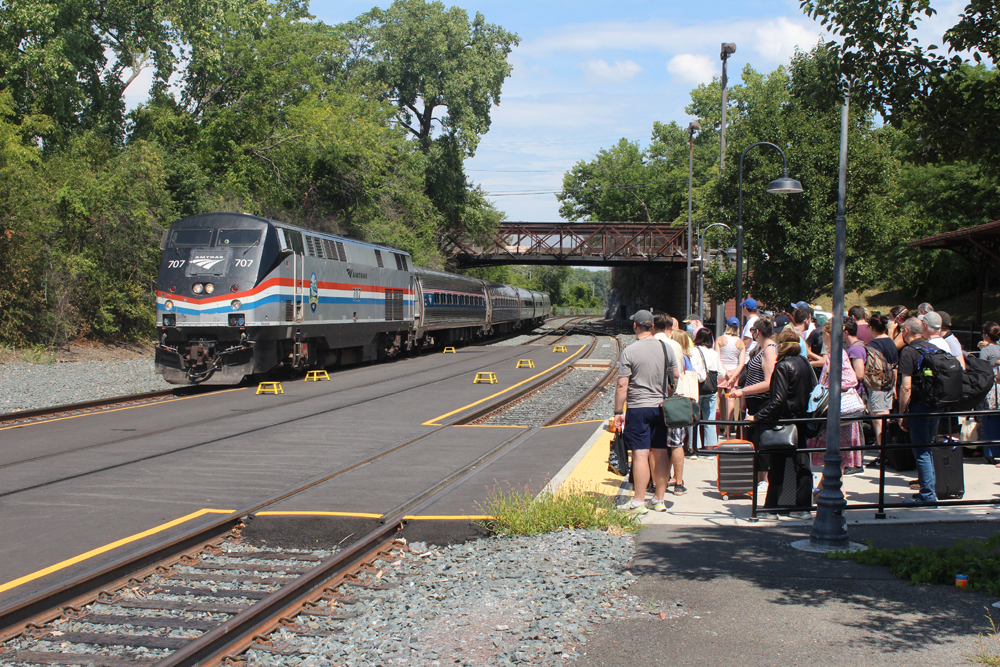
Intercity state-supported routes of longer distances continue to outpace shorter corridors such as the Hiawatha, Keystone, and Capitol Corridor operations, which have been historically dependent on daily commuters. Bucking that scenario is Maine’s Downeaster, where revenue is up 4% and ridership is off only 4% in September after both were down double digits for the full year. A huge swing has also recently occurred in North Carolina and Virginia, where the Piedmonts, Carolinian, and regionals off the Northeast Corridor serving Roanoke, Norfolk, and Newport News, Va., all had good summer months.
Another success story is the Ethan Allen, whose extension to Burlington, Vt., created a promotable buzz. While aided over a portion of its route by the continued absence of the Adirondack, ridership for the daily round trip from New York City, stopping in Rutland, Vt., was up 50% in August and 92% in September over 2019. Passenger counts and revenue were also impacted south of Albany-Rensselaer, where ticket sales were credited to Empire South service (as explained in the table’s notes). Insufficient equipment resulted in frequent sellouts on that busy corridor, which led state-supported routes in revenue.
Long-distance ridership hit by capacity issues
Long-distance revenue gains mask the negative impact on ridership caused by Amtrak’s inability or unwillingness to provide capacity on trains outside the Northeast corridor. But the table below shows how Superliner-equipped trains, other than Auto Train, fared in 2022 compared to pre-pandemic 2019.
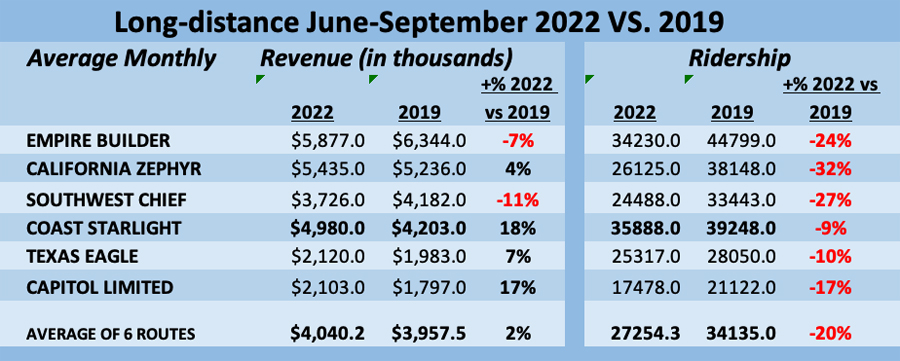
From a strictly financial standpoint, where the object is to maximize yield and minimize costs, Amtrak management can argue it is doing a better job squeezing more revenue out of fewer passengers. This change appears to be baked in to future operating scenarios in fiscal 2023. Trains News Wire has learned from a group attempting to book an excursion next July that, as was the case in 2022, a second Chicago-Seattle Empire Builder sleeping car is not being offered. The train also operated with only one Chicago-Seattle coach in 2022.
Coach and sleeper sellouts (or high fares) regularly occurred on most of these trains for at least some segments. This discouraged bookings, which are already dependent on having a once-per-day train match a traveler’s schedule.
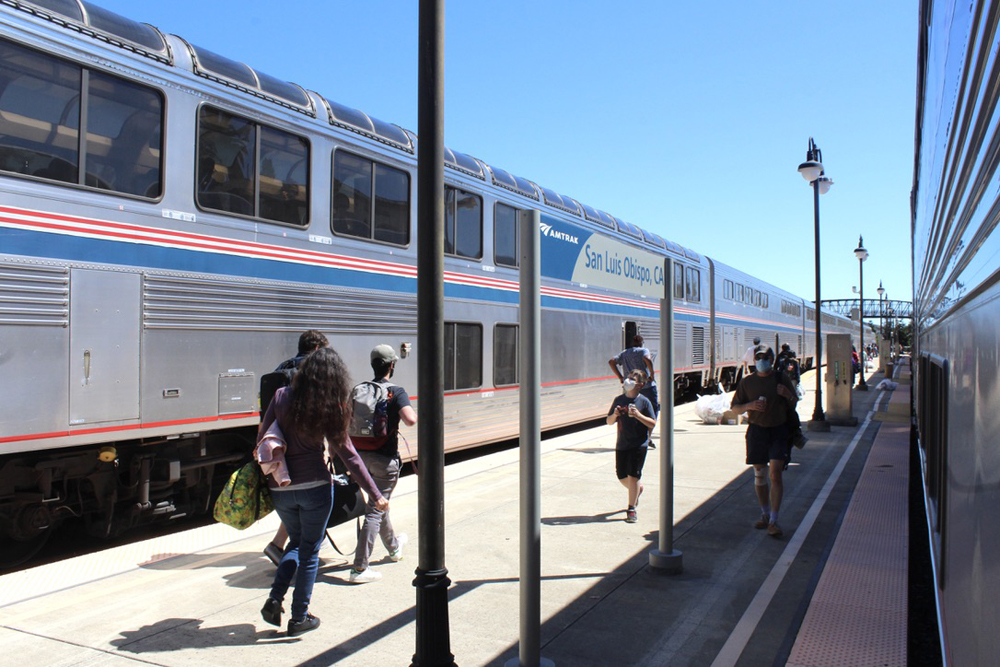
But the Coast Starlight, operating with more coaches (including a business-class car) and sleeping car space than the other inter-regional trains, suffered the least drop in ridership while generating more revenue.
These fiscal year-end results can be interpreted many different ways. On the surface, it is tempting to pit Auto Train’s performance against the rest of the long-distance network.
But the numbers show that sufficient capacity is crucial to the national network, leading to revenue and ridership growth, as is the case on the Northeast Corridor. Amtrak can offer both high frequencies where it controls the tracks and a unique ability to provide mobility between urban and rural destinations that are otherwise largely unserved. The fiscal results provide enough evidence that overcoming the company’s current equipment and personnel challenges will help Amtrak reach its full potential.














Private rail companies always have the government to hassle and threaten them, but who is there with enough power to get the government bureaucracy to move??
Can you imagine a hotel chain operated nationally by the US government? Too much bureaucracy is involved. The same applies to a network of intercity passenger trains.
Private operators are the wave of the future with upgrades to railway infrastructure as an incentive to railways to accommodate both freight and passenger trains on key lines.
Private management is more efficient than government by employing personnel experienced in railway operations.
I do not get to Indiana often but I bet the lines of Superliner equipment stored and not ready for service would be depressing. I try not to sound like the typical internet douche but seeing the SouthWest Chief in it’s winter configuration sad and If you try to book you see that the One and three quarters sleepers assigned to the train is sold out for every date I have tried even in the most off appeal winter dates. I am sad to admit that I dropped my subscription to Trains magazine a few months ago as I just got tired of 3 mile long freights called scheduled service and the CEO of Amtrak who wanted to get rid of the long distance services is now able to cut cars thus riders by calling this a equipment shortage and personnel shortage..I may be wrong there may be a new head of
amtrak , but the trains are short and late; and I just wait 90 days to enjoy Classic Trains mag.
I do not understand any of the #s. I try to book the CARDINAL and its sold out
a lot of the time, and still runs tri-weekly. On other routes I see a similar thing,
where adding a coach or sleeper could earn more $$$.
Sure Mr. Gentry, “adding a coach or sleeper” would certainly make for higher passenger counts. But from what Bob Johnston writes that’s sadly, disgracefully not what Gardner, Coscia, and the rest of the inhabitants of Amtrak’s C-suite want. They want to maximize revenue even if it means lower passenger counts. And the wretched, pathetic, clueless people in this administration’s department aren’t paying attention. Either they are utterly clueless or it’s by design. Either way, the American taxpayers are getting screwed. Big time.
“Transportation” department I meant.
And I thought during the Graham Claytor era that the USA was headed for first class passenger service.
Turn Amtrak over to a private operator, geared for quality service and growth.
Where is the reveue passenger miles for each service? As well revenue per passengr mile?
I always thought a Chicago area Auto Train going West would do well.
West to where, there need to be ramps and parking facilities near both terminals. With proper arrangement of the consist a section of the train could be switched out at Denver with the rest continuing to Las Vegas.
The sucess of Auto Train proves that there is a market for this type of service and it also shows the unique partnership that exists between the automobile and the passenger train. Expansion of this service not only between Lorton, Virgina and Sanford, Florida should be considered but on a number of other corridors in the United States. A majority of the traveling public would be happy tp take their cars with them while enjoying a hassle free, comfortable ride on a train. Americans love to drive but dread a long trek that can take hours or even days to get to their destination. Also it is a great saver on their gas budget
Joseph C. Markfelder
The problem is that both ends of the route would need big terminals to load and unload cars. In densely-populated areas like San Francisco, New York, and Chicago, this would be impossible without eminent domain, which would invite lawsuits from the people getting kicked off their land.
So does this mean in Amtrak’s operational logic, they need to offer more auto trains?
Believe it or not, theres’ probably a half dozen corridors they could do that in…provided the clowns, I mean, men, in charge had the where with all to even figure that out.
The class 1s would NEVER allow anything like Autotrain anywhere
GREGG — You’re probably right. Today’s CSX would be the first to say “no” to the Auto Train route that does exist.